Scroll down for audio stream of the full interview
De Molen is among the leaders in the world of craft beer. This is not a guess, but an absolute fact. If you are a beer fan, you certainly remember that unforgettable beer tasting with De Molen's beers in Kanaal, which we told you about. The Dutch brewery, apart from being one of the oldest in the craft beer industry, is among the breweries with the largest portfolio. In fact, they have so many labels over the years that they do not know the exact number themselves. Experimenting with tastes, styles and methods of brewing is a main course from the first day of the brewery. But there is another element that raises additional points in our eyes - the social engagement. As Dutch-born, John Brus and Menno Olivier want most of their beers to have Dutch names. And between the employees in their brewery, there are about 20 people with different physical and mental illnesses, each of whom has a specific task and receives reward for his work. A month ago, John Brus came to Kanaal, where the first (and fairly large) tap takeover in Bulgaria took place with twelve cranes of various beers from De Molen. Of course, we sat down with John for a glass or five of their splendid beers, to tell us more about De Molen and art of craft brewing.
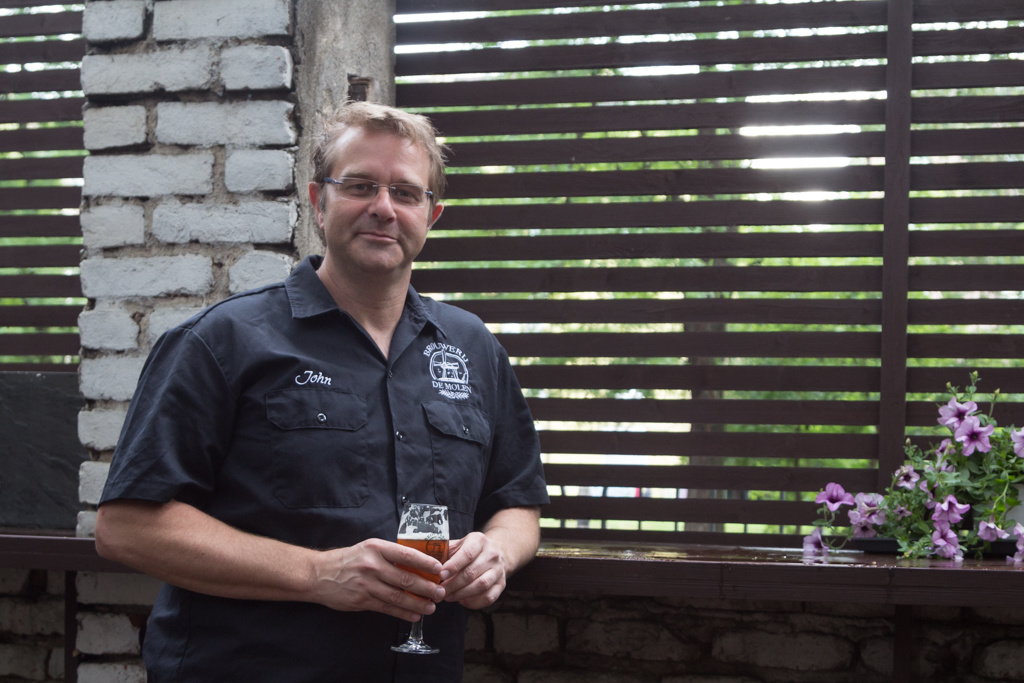
You started as a home brewer when you were 16. How did you develop interest in something so specific as making beer at such an early age? Here it is not even legal to drink alcohol before 18.
Oh, in those days there was no legal age for drinking. Now there is, of course but I am talking for a long time ago (laughs). Actually the first beer I ever drank was when I was 15. It was something common in Holland to drink a beer around that age and your father to give you the first beer. I bought this for an occasion I don’t remember anymore. But I decided to keep the empty bottle from the first beer I drank.
Was it a lager?
Yes, some supermarket brand. The second one I drank was a different beer. And I thought to keep this one as well. And before I knew it, I had a lot of different bottles because I thought that they had different flavors. And it was in the same time that the first Belgian beers were coming to Holland. This was when I was 16, back in 1983. And I became something like a collector - I wanted to try different beers, as long as I could afford it. And at one point - there were two situations at the same time, my mother said: “These bottles have to go”, because they were all over my bedroom - they were more than 200. And I also started running - in a running club and I met a guy there who was five years older than me and he was a home brewer. We talked a lot about beer and decided to make a home beer together.
Was it something common to be a home brewer back in the day?
No, not really. Our meeting was pure coincidence. There were a few hundred people doing it in the whole country. There was a home brew club in the city where I lived - it is a 100,000 people city, and it had about 10 members.
And you were learning each other how to brew your beers?
Yes, we did. Then we started brewing with other people as well. And I was doing this for a couple of years until I didn’t have the time anymore - I started my University education, then job. But this was how it started.
What was the first style of beer that you made?
The very first one was kölsch - a top fermented lager. And it’s the only style I don’t like (laughs). I like sours, I like bitter, I like lagers but I don’t like kölsch. Soon after we went to Belgian styles like dubbel. We even tried to imitate Chimay - in those days the quadrupel was a different beer than it is now and in my opinion it was better. It was also unfiltered and unpasteurized, so what we did - we took the yeast from the bottles and propagated it and we tried to use it for our beer. And it happened - it fermented and even though it was not the most fantastic beer, it still was nice. So, we started to experiment and sometimes we had success, other times we didn’t.
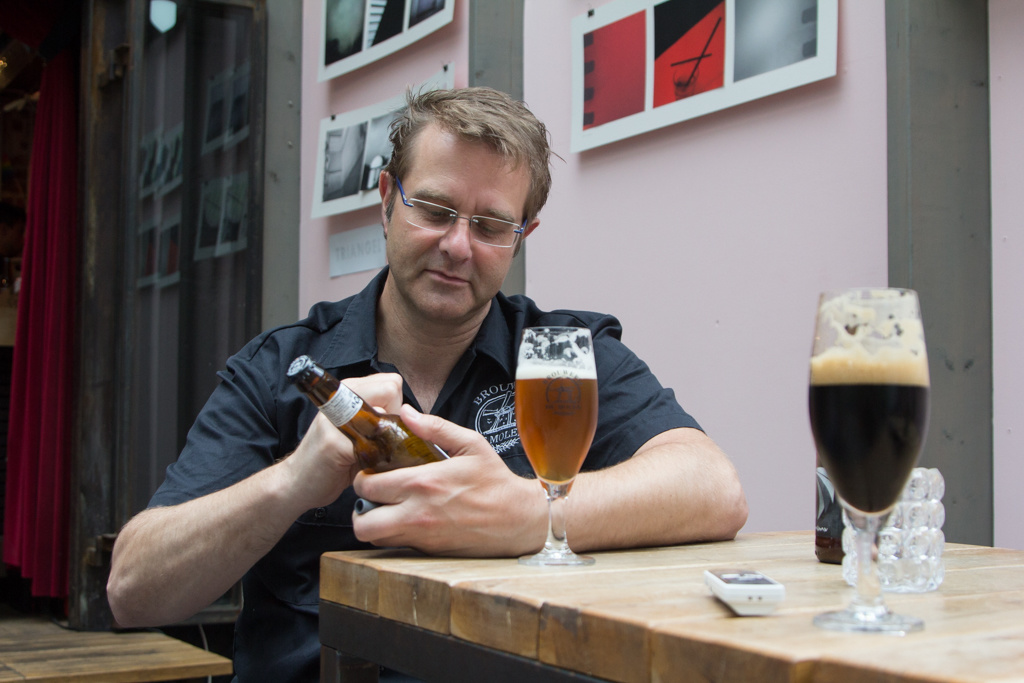
And how did you find information about the brewing process?
In those days? Yeah, there was no internet (laughs). There was this book that was like a bible for home brewers in Holland by a guy called Jan van Schaik. I don’t know what happened to him but he was the first who wrote a book like that. And he did start a brewery later on. And in his book he has described all the technical stuff, about meshing - all the stuff you need to know as a home brewer was in this bible.
Was it hard to find the tools you need?
My father built my own brew kit. He was very handy and we built it together. Getting malt and hops was okay but buying your own equipment wasn’t that easy. But it was the time when people started home brewing and if you had connections and new a home brew club, you could find all that you need.
You left home brewing for school and job but when did you come back to it?
I met a guy who had his own brewery - I think it was an illegal one still then. In 2000 he started a brewery called Salamander in his basement. He moved his brew kit there, built some benches. His name is Menno Olivier. And his brew kit - a 180 liters is still functioning in our brew pub. Soon he decided to start a real brewery called De Molen in this historic mill in the village. The local council bought this mill because it was historic monument but they wanted someone to preserve it and exploit it commercially. So, there was the foundation that preserved it and he took the responsibility to develop it as business endeavor.
So this is how De Molen was born?
Yes. And then we got to talk about this - we already knew each other and I was a fan of what he did and at one point I said: “You know what? I’m gonna quit my job.” First I started to work there just one day a week and then I devoted myself to brewing and we started to grow the brewery.
Were there many craft breweries in the Netherlands at this time?
No. At least depending on the definition of “craft”. There were some micro breweries but if you make only four styles of beer - for example a Belgian blonde, a Belgian dubbel, a Belgian wit and a Belgian quadrupel and even doing it in a good way, you are a small brewery but not a craft beer maker. Craft brewing means experimenting, collaborating with others, living it every day and teaching others as well. Other thing which is very important for me is the commitment to the community where you are. To use the goods and ingredients of your country or local area. And craft brewing could never make an organic beer because the biggest part is experimenting and there is very small selection of malt and hops if you want to brew organic. But you can do it when it’s possible.
When did you realize that actually quitting your job and devoting to brewing was a successful idea?
The turning point for us was in 2010. We started as a brew pub, we ran this place, then we grew a little bit bigger, the demands were growing as well. In 2009 we brewed 900 hectoliters of beer and still we were very small. But the attention was growing as well - we couldn’t brew enough and we were brewing 6 days a week. And then we said “Okay, maybe we have to make a change and to try to grow bigger than this.” We came up with some plans, went to the bank, got us some money and it was just the time because soon enough came this crisis of the banks and they stopped funding such projects. And it was then when I quit my job. With the new equipment our maximum capacity was 4200 hectoliters. And then I made a whole plan with the maximum capacity for 5 years. And guess what - no! It lasted 2 years (laughs). In 2 years we were at maximum capacity, so we had to buy extra fermentors, etc. So it was obvious that when you work with passion and determination, things are growing bigger.
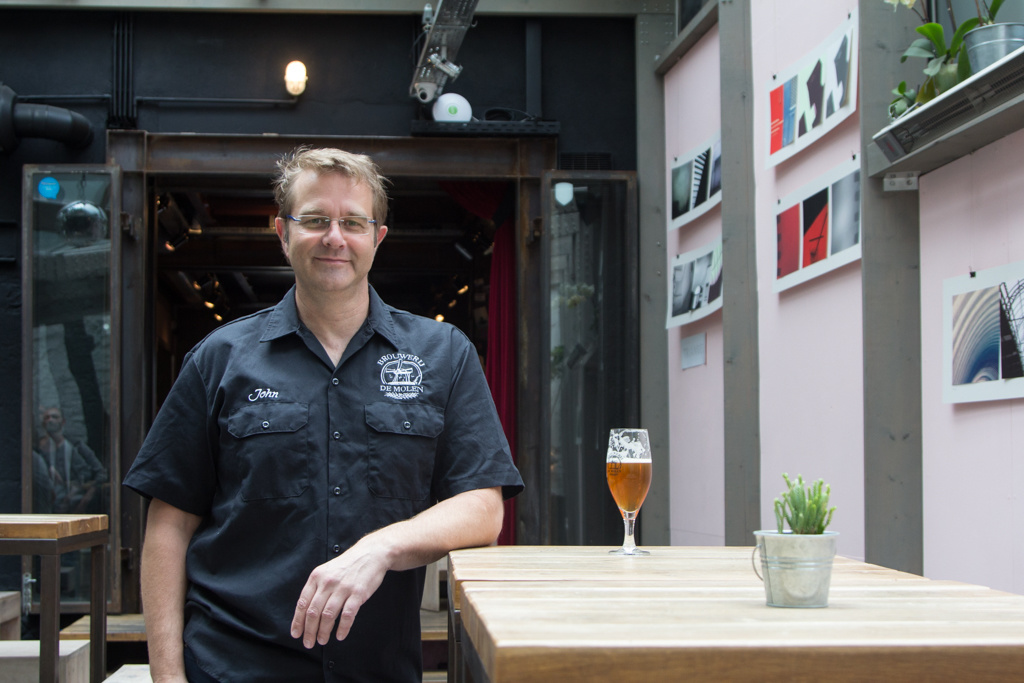
Can you tell how many styles and how many different labels have you made during the years?
Oh, no, I cannot (laughs). We make at least 3 or 4 new beers of different styles every month. And from the constant labels we often offer different versions - sometimes it’s barrel aged, sometimes it’s different flavor, sometimes we brew a special recipe. And almost every month we do collaboration with another brewery - recently we worked with Magic Rock. And next week we will have two more collaboration works.
How do you decide with whom to collaborate - you ask another brewery or they find you?
Both. Most of the time we meet each other - like is the case with Tempest from Scotland. We were at a beer festival in Spain and we met each other, tried each other’s beers all the time, went a several times to eat together and a friendship and collaboration was born. It is all about finding like-minded people.
How does it feel knowing that you are one of the first craft breweries in Holland?
Of course we feel proud but it’s something that is a part of our daily lives. We are aware that we were the first craft brewery in Netherlands; we were the first to start barrel-aging and when we think about it, we feel some sort of pride.
De Molen has received many awards during the years. Is this something that craft brewers aim to?
Some of them yes. And she (turning to his wife) is our marketing lady and she is always angry: “Why don’t you keep those awards” and I don’t know where they are (laughs). It’s nice of course but to a lot of these awards and charts we don’t even trust because some of them are sponsored by a big company or distributors. If you look at RateBeer, there are a lot of beer-loving people there but it’s also like a community of its own and if someone who is important says “This is a good beer”, everybody goes like “Oh, yeah, it is a good beer”. For example Westvleteren is a good beer but it is not the best beer in the world. And it is No.1 in RateBeer. Maybe because it is rare and expensive and it is quite hard to get. But it is unreasonable to be pointed as the best beer on the world.
On what depends a beer to be a good one?
It depends on where you are, if the sun is shining or it is midnight in the winter, are you having a good meal - there are too many factors.
Is it important to combine different meals with different beers?
Yes, definitely. This is not even a question, it is a fact. I’d love more chefs to do that - to combine the right beer with the right dish. We have beer and food pairings in a lot of restaurants. One that comes to mind was in Switzerland 2 years ago. The chef made such a nice combination of Bommen & Granaten or Barley Wine together with Foie gras which is a goose liver dish. And the fish soup, made with Hop & Liefde - which we are drinking now, was amazing. They made the soup with the beer and served it with a beer next to it - a wonderful combination.
Do you have favorite beers for the different parts of day?
Yes and it’s also because the part of the day is related to the temperature and it also adds to if you are tired or not - for example if you are coming home from work. If it’s warm weather and I am sitting in the yard, I’d open a gueuze - a fresh, sour and sparkling beer to freshen up if I am tired. I would finish with a barrel-aged beer later at night.
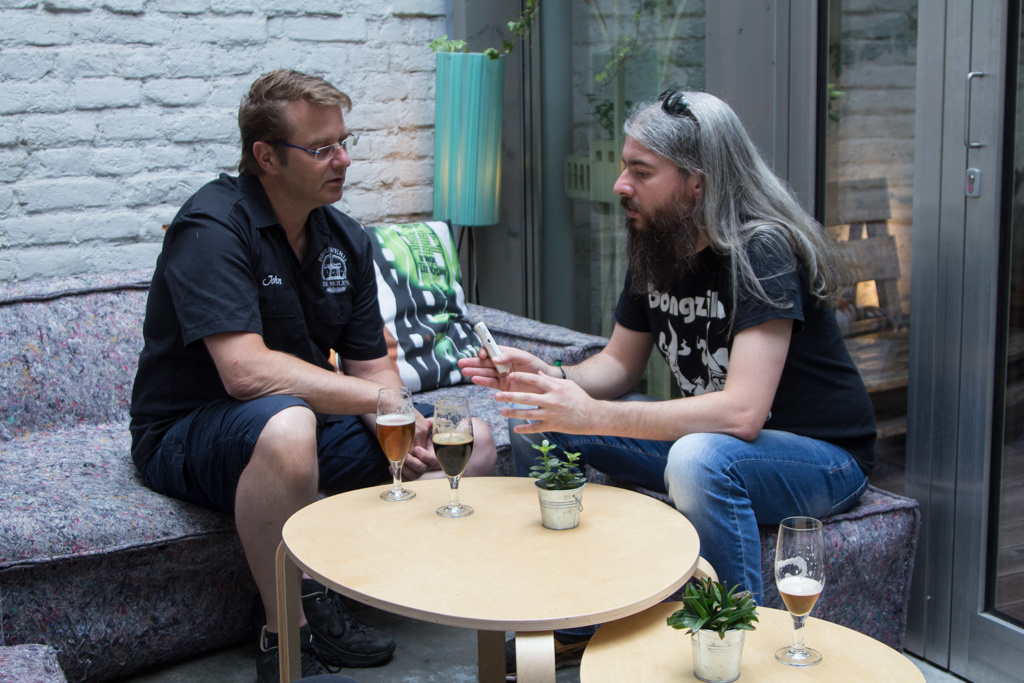
In how many countries you can find De Molen beers?
41 countries so far, I think. Nepal took one or two pallets last week. There is a British guy living there, he runs a chain of hotels and he imported the beer for the hotels. America has also been a good market for us but for the last 3-4 years people there are aiming more at local beers. And also we don’t want to sell IPAs there because it will take at least 4 weeks to get to the shops - which is perfectly fine. But the American mentality is such that they prefer to drink the beer the freshest they could have it - best directly from the tank. And customers there, when they see the label and the beer is already 3 months old, won’t buy it.
Isn’t there a limit for experiments with beers after so many years?
No. We experiment not only with ingredients but also with methods of brewing, aging, etc.
You started with the beer pub in the mill. Do you still run it?
Yes. And not still but we run it again. We sold the restaurant but we kept deliveries of beer there. But they did all kinds of things we didn’t like which could reflect on De Molen’s image and two years ago we decided to buy it back.
What are your next goals beer-wise?
One of the goals we have set to ourselves is to have a constant barrel-aged beer. Now one day we have one with bourbon, next time it is with cognac, then we have red wine but there is never a constant label. We are thinking to have four different combinations of barrel and beer which to have all the time.
And what is going to be the course of De Molen - are you going to expand more or you have reached the level you want to be?
With me - no, I don’t want to expand more (laughs). We now have a maximum capacity of 25 thousand hectoliters which we haven’t reached yet and we are halfway through the year. In my opinion, if we continue and reach the 25 thousand by the end of the year, that would be enough. If we grow bigger, we would need a manager for the bottling line, we would need a manager to run the office and so on, and so on. And we wanna do it by ourselves.
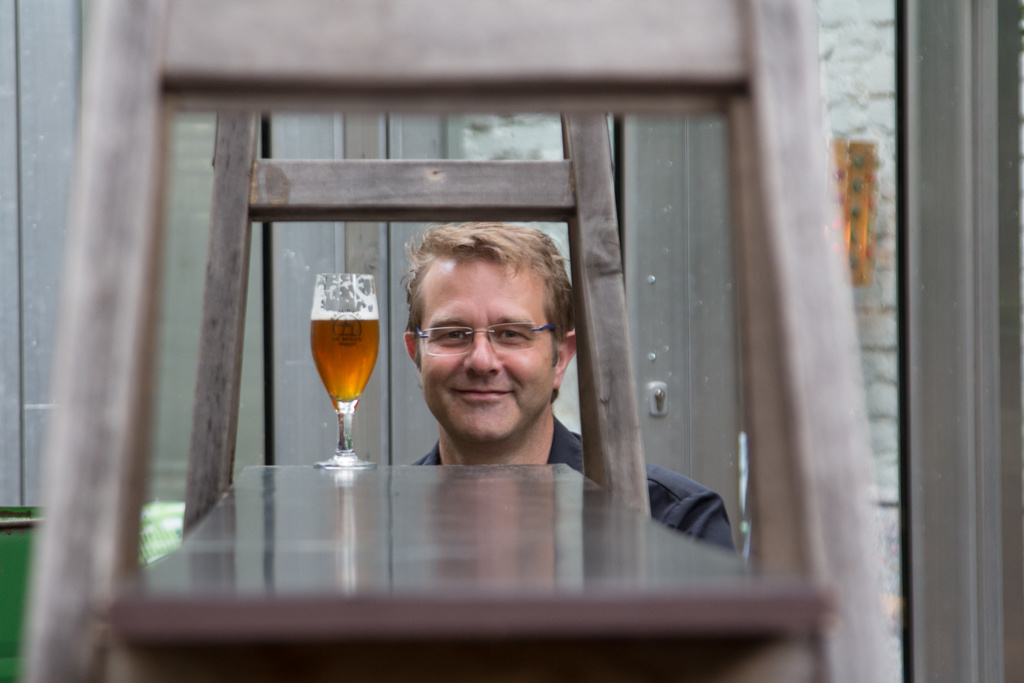
For the last 10-15 yearse we have seen the growth of the attention and popularity of craft beers. Do you think it is only hype and it will lower with the time, or will it reach a level it would keep constant or will it grow even bigger?
I think it is here to stay. I wouldn’t call it a hype, it is a trend - I see it everywhere. It started in the US, soon to be followed by the Scandinavian countries. The first craft brewery in Scandinavia was founded at the turn of the century and it is still out there. In the USA it was 10 years before that and it is still there. They are getting more professional, just as we do. In the beginning everybody was experimenting, brewing crap beers but that was part of the learning process. Especially for the last 2 years we have become way more professional without losing our roots.
How important is the team in your field of work?
It is important, of course. We also do a lot of things together. For example recently we had our first employee to retire. Maybe he was the first in craft beer world (laughs). Actually, he was already retired when he started working with us and he’s 69 and he said: “Now this is enough”. So we arranged a party, we went with a boat on this beautiful river. We filled the boat with food and beers and we sailed to one of our partners’ place, we had a barbeque there, it was good time with the team.
Text Ivaylo Alexandrov/ Photography Veneta Paunova
Още любопитни и полезни статии:
- Най-големите издънки на 2024 г.
- 20 бързи въпроса към... Спенс
- 20 бързи въпроса към... Петар Шварц, китарист на ALI
- The RITZ Specialty Coffee: Перфектната симбиоза между дневно кафе и вечерен аперитив
- 5 места за кафе и чай в София, които ще ви очароват
- Кажи ни кой е твоят приятел и ще ти кажем какво да му подариш
- 20 бързи въпроса към... Мартин Михайлов
- Перфектната среща: 6 ресторанта в София с романтична атмосфера
- Spa Hotel Santé: В сърцето на Велинград, в прегръдките на природата
- Dalina: удоволствието да подаряваш



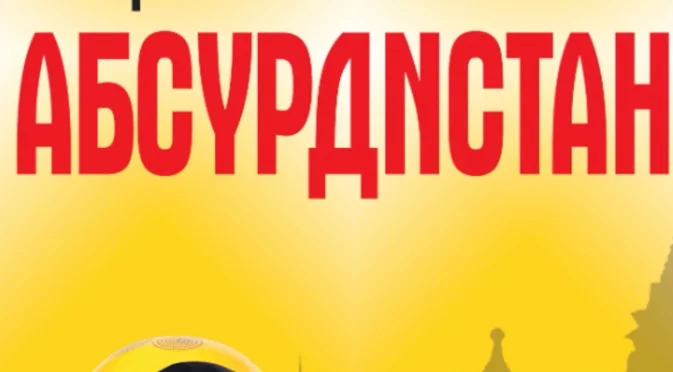
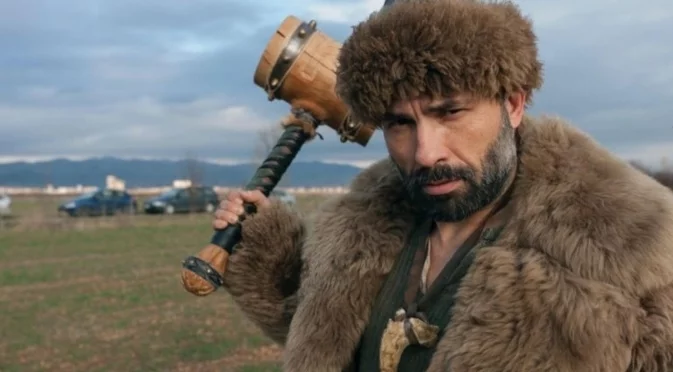
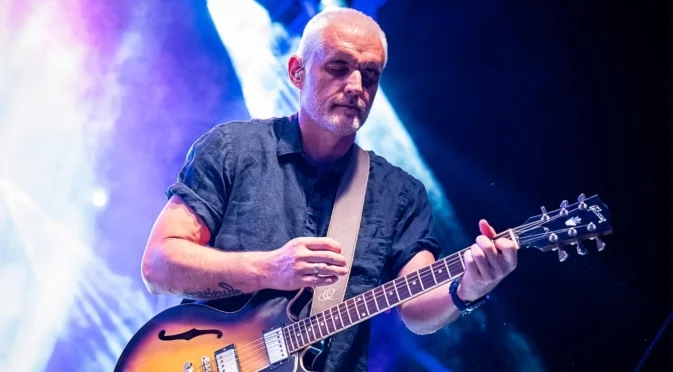

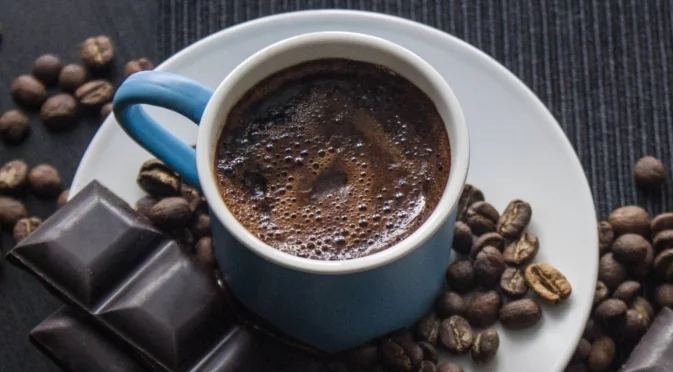

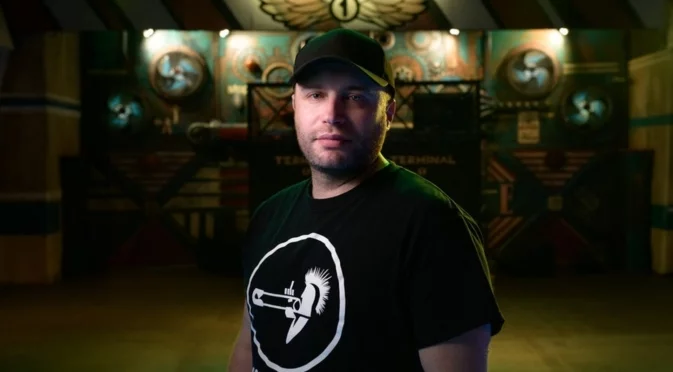
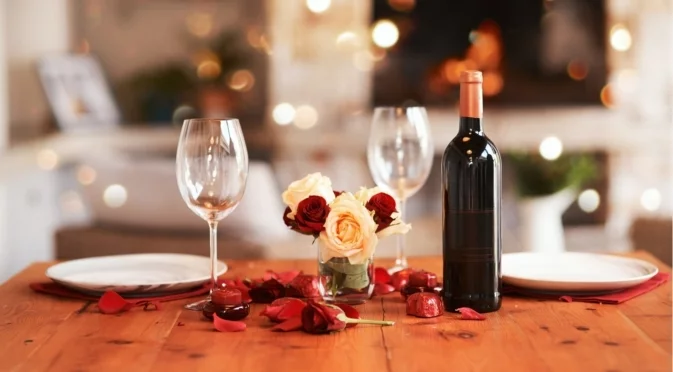

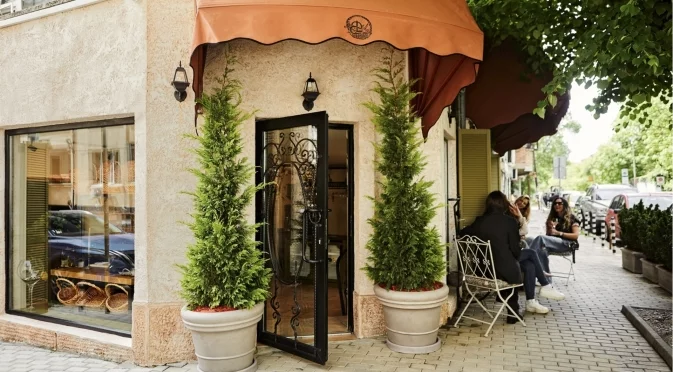





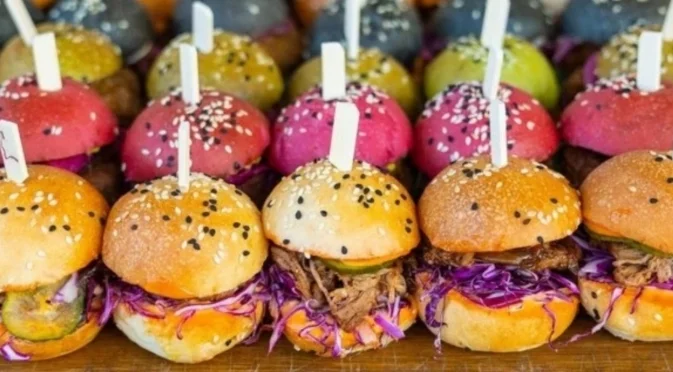
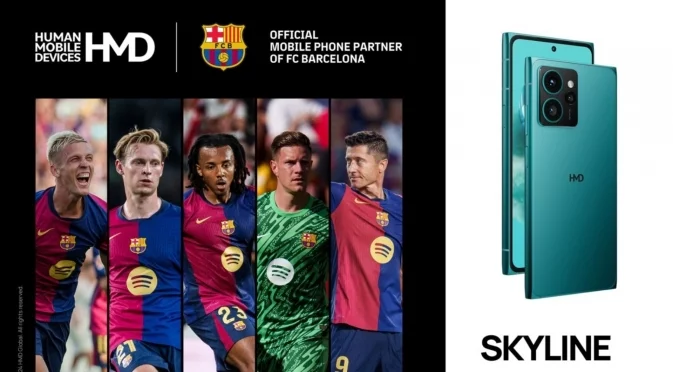

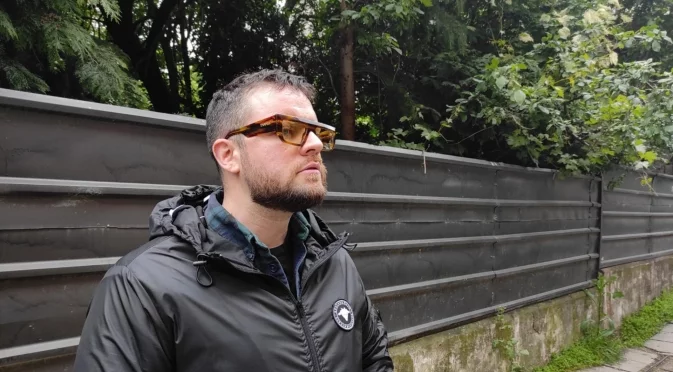
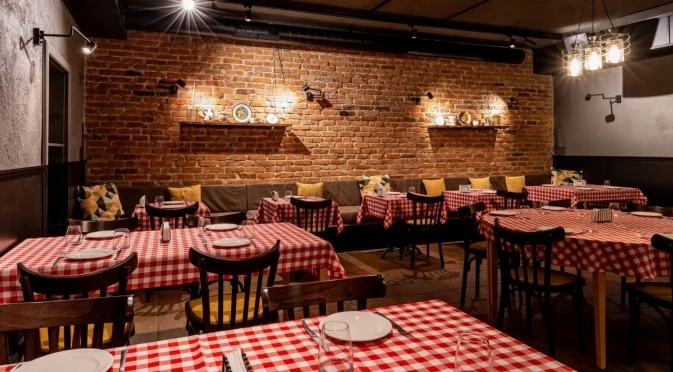








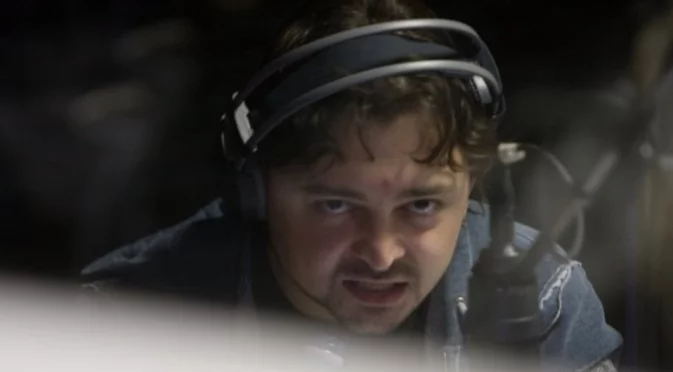
Коментари